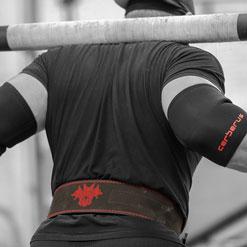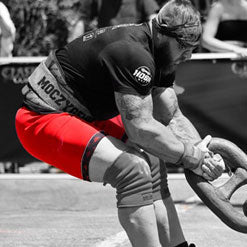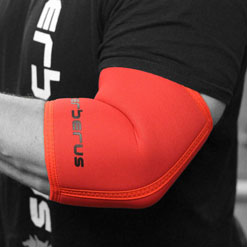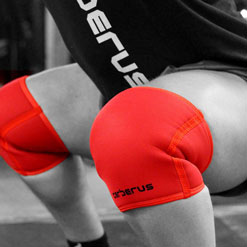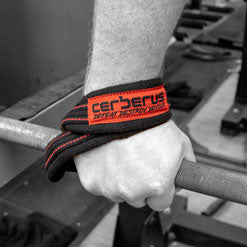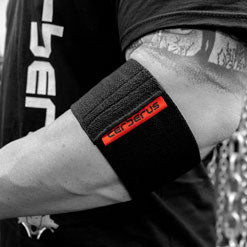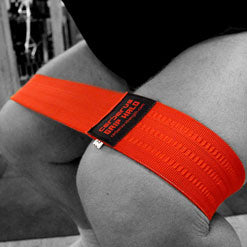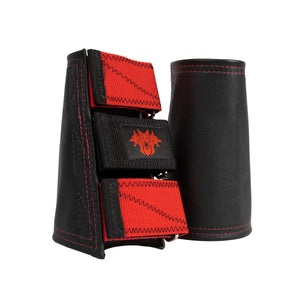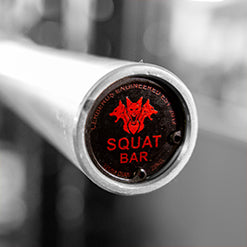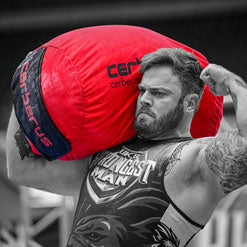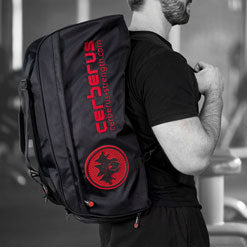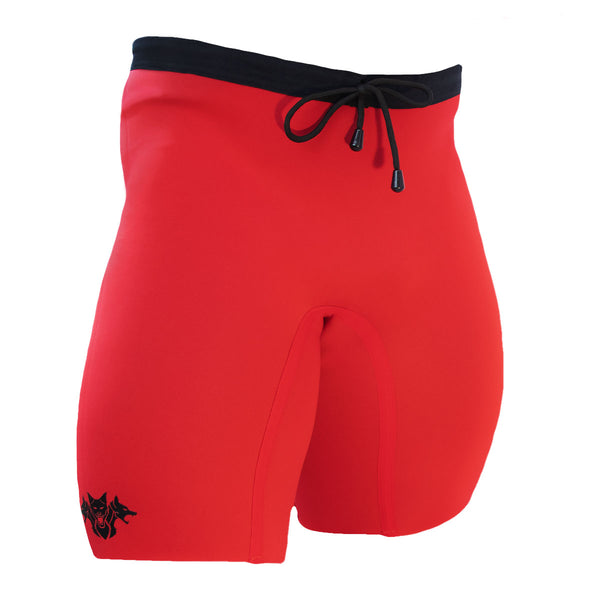
In the world of strength sports, powerlifters and strongmen often focus on lifting heavy and building muscle. However, an often-overlooked aspect that can significantly enhance performance and reduce injury risk is mobility training. This guide delves into the importance of mobility for strength athletes and provides practical tips for incorporating it into your training regimen.
The Importance of Mobility in Strength Sports:
Mobility, or the ability to move freely and easily, is crucial in strength sports for several reasons. Firstly, it improves the range of motion, allowing athletes to perform lifts more efficiently and with better form. This not only leads to increased performance but also significantly reduces the risk of injuries. Secondly, good mobility aids in muscle recovery and reduces stiffness, which is especially important given the intense nature of powerlifting and strongman training.
Incorporating Mobility Work into Your Routine:
1. Start with Dynamic Stretching: Begin your training sessions with dynamic stretches to warm up the muscles and joints. Exercises like leg swings, arm circles, and lunges with a twist are great for activating the muscles you'll be using during your workout.
2. Focus on Key Areas: Pay special attention to areas that are crucial for powerlifters and strongmen, such as the hips, shoulders, and thoracic spine. Exercises like hip flexor stretches, shoulder dislocates, and foam rolling the upper back can greatly improve mobility in these areas.
3. Incorporate Mobility Drills: Include specific mobility drills into your training. For example, goblet squats can improve hip mobility, while wall slides can enhance shoulder mobility.
4. Use Mobility Tools: Tools like foam rollers, lacrosse balls, and resistance bands can be highly effective in improving mobility. They help in breaking down knots and tightness in the muscles, facilitating a better range of motion.
5. End with Static Stretching: Conclude your training sessions with static stretching. This helps in cooling down the body, improving flexibility, and aiding recovery.
Understanding the Role of Mobility in Injury Prevention:
Mobility training plays a significant role in injury prevention. By improving the range of motion, it ensures that joints and muscles function optimally, reducing the stress placed on them during heavy lifts. This is particularly important in movements like the squat, deadlift, and overhead press, where a lack of mobility can lead to compensatory patterns that increase the risk of injury.
Balancing Strength and Mobility:
While strength training is the cornerstone of powerlifting and strongman, balancing it with mobility work is key for long-term success. This balance ensures that you not only become stronger but also maintain the flexibility and joint health necessary to lift safely and effectively.
Mobility training is an essential, yet often neglected, component of strength training for powerlifters and strongmen. By incorporating mobility exercises into your routine, focusing on key areas, and using the right tools, you can enhance your performance, reduce the risk of injury, and ensure a long and successful career in strength sports. Remember, mobility is not just about flexibility; it's about creating a strong foundation for your body to perform at its best.
Incorporating these mobility strategies into your training regimen will not only improve your performance in powerlifting and strongman events but also contribute to your overall well-being as a strength athlete.









